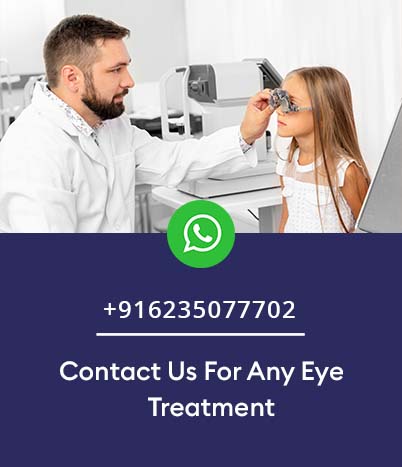

Retina and Vitreous Service
The retina is the third and inner coat of the eye which is a light- sensitive layer of tissue. Diseases of the retina, the vitreous, and the optic nerve can cause serious vision problems. Fortunately, most of them can now be managed satisfactorily with modern methods of diagnosis and treatment.
Retinal diseases
Diabetic retinopathy
When the retina is affected by diabetes, weakened blood vessels may leak fluid or blood, causing damage to the retina. This is called DIABETIC RETINOPATHY
- Symptoms : Sudden loss of vision , dark or empty areas in vision , spots or floating in vision ,Blurred vision, Fluctuating vision, Impaired color vision
Treatments : LASER APPLICATION: Which involvs
sealing of
leaking blood vessels
Injection to Eye : Certain medication when injected into the eye
or just
outside the eye has shown
encouraging results
Vitreo retinal surgeries : If the vitreous is too clouded with
blood or
there is traction retinal
detachment, laser treatment will not work. In this situation, a surgical
procedure called
VITRECTOMY needs to be performed.
LOSS OF VISION FROM DIABETIC RETINOPATHY IS LARGELY
PREVENTABLE. Early Detection of diabetic retinopathy is the best
protection
against sight loss
Age related Macular degeneration
Age Related Macular Degeneration (AMD) is the
macular degeneration usually manifests after 50 years of age.
Risk factors : Aging , genetics, smoking
- Visual acuity test. This eye chart measures how well you see at distances.
- Dilated eye exam. Your eye care professional places drops in your eyes to widen or dilate the pupils. This provides a better view of the back of your eye. Using a special magnifying lens, he or she then looks at your retina and optic nerve for signs of AMD and other eye problems.
- Amsler grid. Chart examination
- Optical coherence tomography. ( OCT )
Treatments : Laser photocoagulation , PDT( Photodynamic therapy ) , Intravitreal Injections, Surgical treatments
All retinal treatment requires regular and continuous follow ups with ophthalmologist